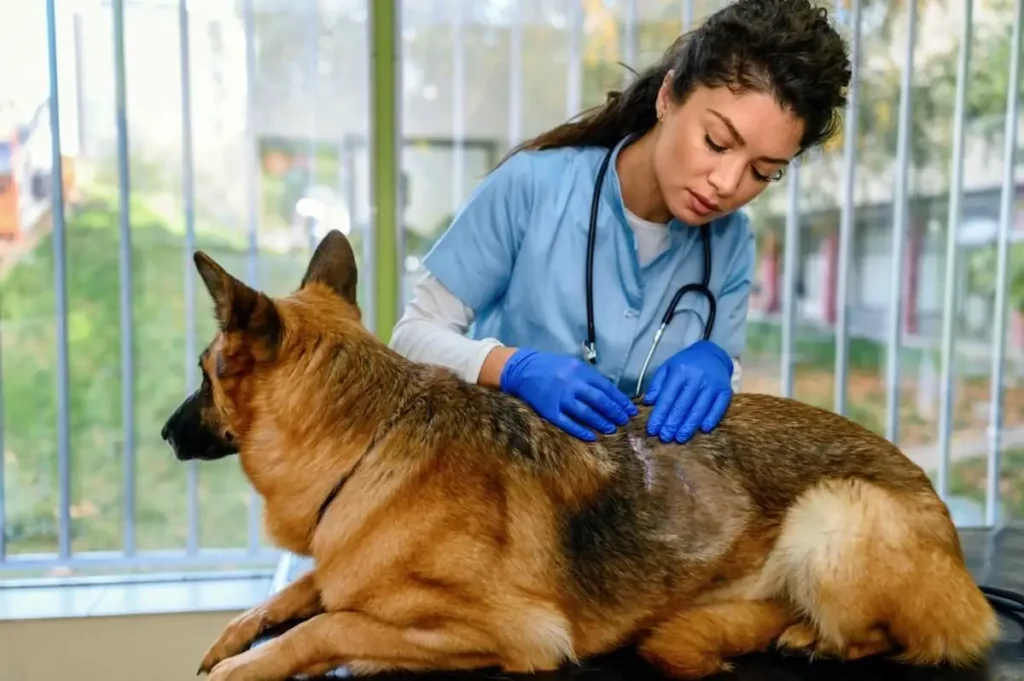The 11 Most Popular Grey and White Cat Breeds (With Pictures)
grey and white, also known as dappled or bicolor, is a coat combination of solid gray and areas of white. These white spots are caused by the white spot gene. Grey and white coat colors are common in both pedigree cats and purebred cats. In the cat world, the gray color is referred to as […]
The 11 Most Popular Grey and White Cat Breeds (With Pictures) Read More »






